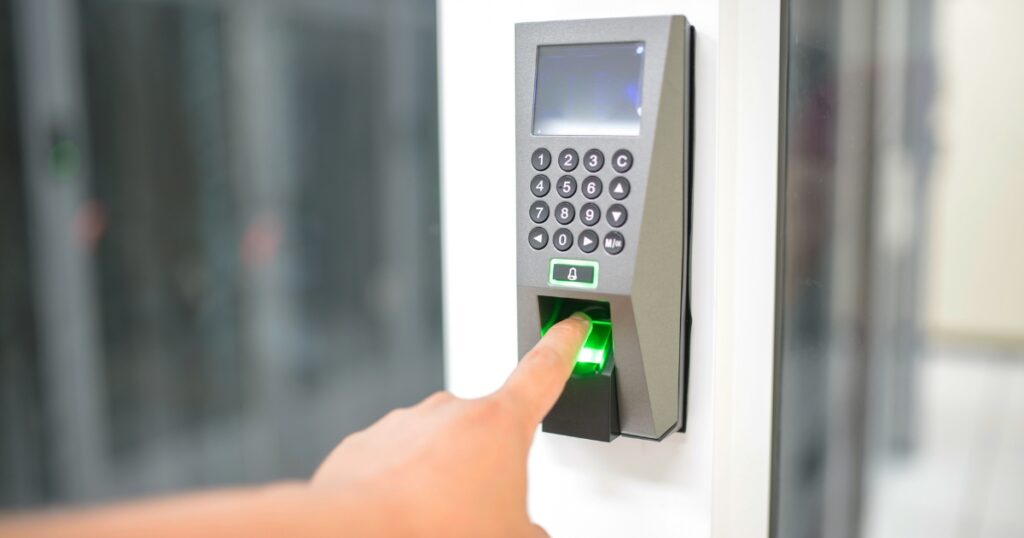Biometric systems are some of the most important things that every house or property, in general, needs for security. These devices are useful for not only verifying who is entering into a compound or a system but also makes sure that nobody is impersonating any individual. Hence, understanding the different types of biometric systems become important.
This is important since biometric systems can be of different types. So if you are someone who wants to enhance the security of your property or for legal services, then it is necessary for you to know about the different types of biometric systems present. Hence, let us show you what these systems are and how they work.
Types Of Biometric Systems
When it comes to understanding the different types of biometric systems, you need to know how they work and what body parts they target for authentication. The different biometric systems are as follows:-
1. Optical Fingerprint Scanners
These are some of the most common forms of biometric systems which you might have seen in android phones, for example. These systems work by capturing your fingerprint’s image. This enables the system to verify if it is you or not by using light to trace your fingerprint patterns and verify your identity.
These systems are very useful for ensuring security in android phones or applications, especially those meant to transfer money. These might also be useful in enabling one to open a smart document which might contain vital information.
2. Capacitive Fingerprint Scanners
These are another form of fingerprint scanners that work in a similar way as the optical ones. The only difference here however, is that these devices do not use light or photographs of your fingerprint for working. Instead, these use tiny capacitors in order to check your fingerprint patterns. This enables the system to verify if it is you or not.
3. Ultrasonic Fingerprint Scanners
These are one of the most unique forms of fingerprint scanners. These use ultrasonic waves in order to verify your identity. These, at first, can verify your identity by letting you place your finger on them in order to record a unique frequency that can be generated due to the ridges on your fingers forming the fingerprint. The machine records the frequency and verifies your identity whenever you place your finger on it by recording the frequencies generated.
4. Thermal Line Fingerprint Sensors
These are unique versions of fingerprint sensor technologies that detect temperature alterations happening within the ridges forming your fingerprint pattern. The machine records the temperature alteration caused by your fingerprint pattern and verifies it whenever you place your finger on it.
5. Iris Scanners
These are one of the many scanners that do not use fingerprints for authenticating one’s identity. In fact, these scanners scan your eyes in order to verify your identity by mainly checking your iris. This makes them much more efficient when it comes to verifying one’s identity.
Bottom Line
Understanding the different types of biometric systems can be difficult if you are someone with no knowledge about such things. This is why you can consult with agencies such as those offering live scan fingerprinting near you. Talking to professionals in this can not only help you to understand how these things work but also which one of these technologies you need depending upon your purpose.


